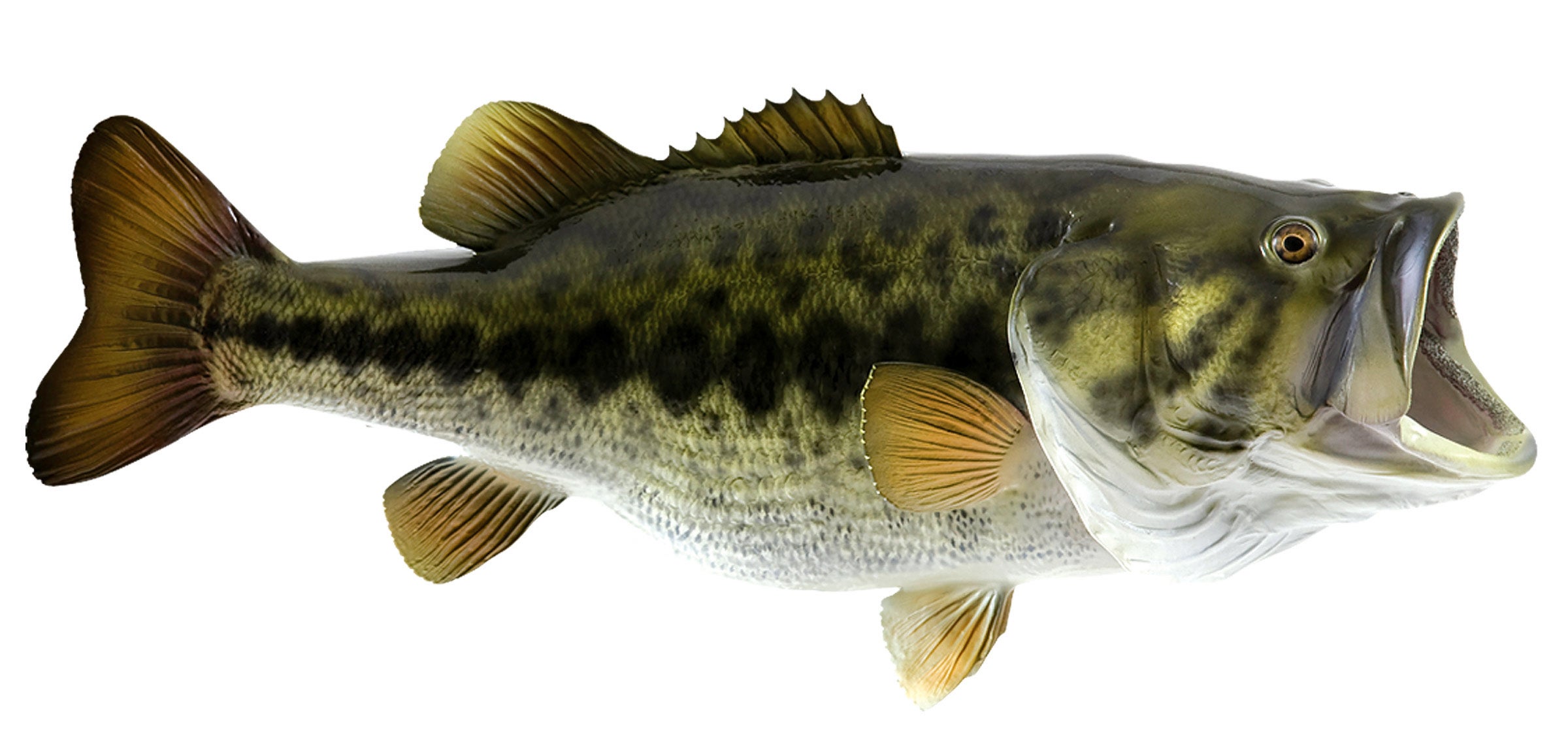Concordia Parish lakes to be stocked with Florida bass
Published 4:39 pm Friday, April 1, 2022
|
Getting your Trinity Audio player ready...
|
VIDALIA, La. — Vidalia Mayor Buz Craft said Kristi Butler, biologist director of inland fisheries at the Louisiana’s Department of Wildlife, Fisheries and Parks, confirmed the Booker Bowler Fish Hatchery will have Florida largemouth bass fry available for Concordia Parish Lakes.
On Thursday, Black River Lake, Lake Concordia and Lake St. John each will receive 250,000 pure Florida largemouth bass swim up fry.
Craft said he met with Louisiana Department of Wildlife and Fisheries Secretary Jack Montoucet last year through Bryant Hammett. Montoucet promised him they would stock the parish’s lakes with Florida largemouth bass.
“I’m very excited. One of the things the LDWF tried to do a few years ago was introduce a Florida strain into our native bass populations,” Craft said. “Without them, you don’t have the 10-16 pounders showing up. In four to five years we will see big fish again. I can’t wait to see how well they do in Black River Lake with all the food sources and the deep water there. I can’t wait for them to grow up and mature. People will have a lot of fun catching them; I can tell you that.”
Florida Bass can grow to above 10 pounds in warm southern waters more readily than other strains of largemouth bass. It will take time for the frys to grow to this size but by the time a bass reaches 3 years old it can add anywhere from two to three pounds each year, Craft said.
Butler said swim-up fry are larval bass who have swallowed their yolk sacs.
”They have developed mouth parts and swam up into the water column to begin feeding on zooplankton,” She said.
The three lakes and Lake Bruin are also on the fish stocking request list for 50,000 Florida largemouth bass fingerlings which will be available for stocking in 2-4 months.
“Fingerlings are approximately 1.5-2” in length,” Butler said. “They still feed on larger zooplankton, but are primarily looking for invertebrates and are usually beginning to feed on small forage fish if available, including smaller bass.”







